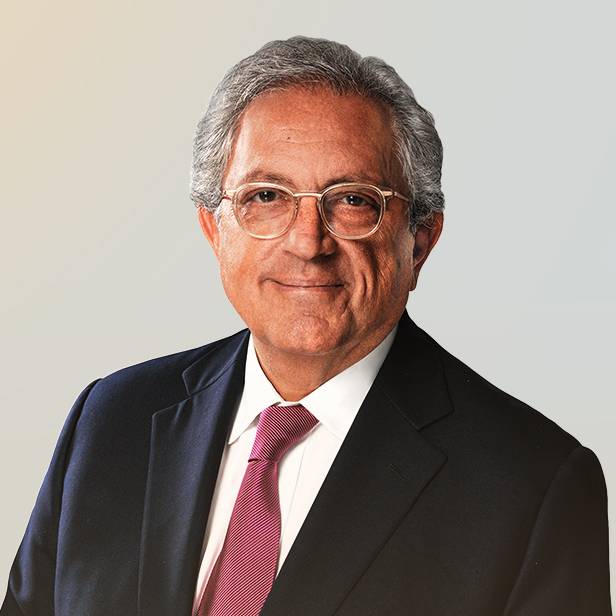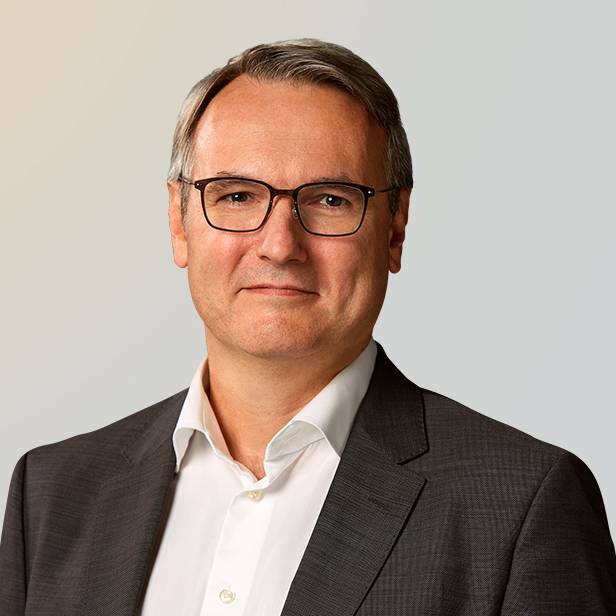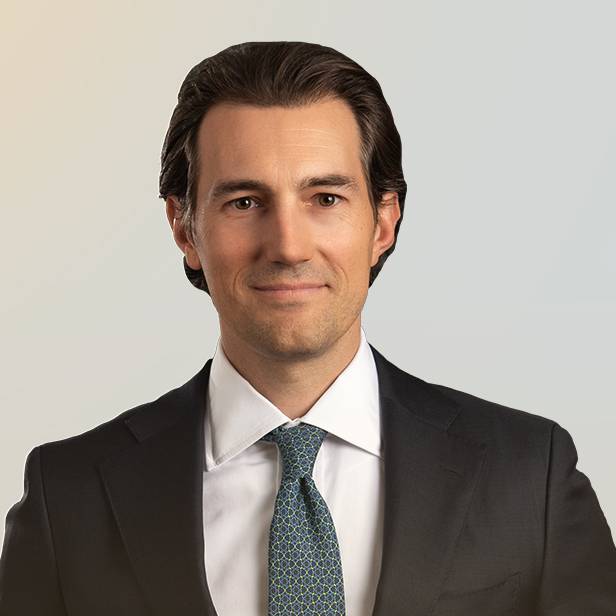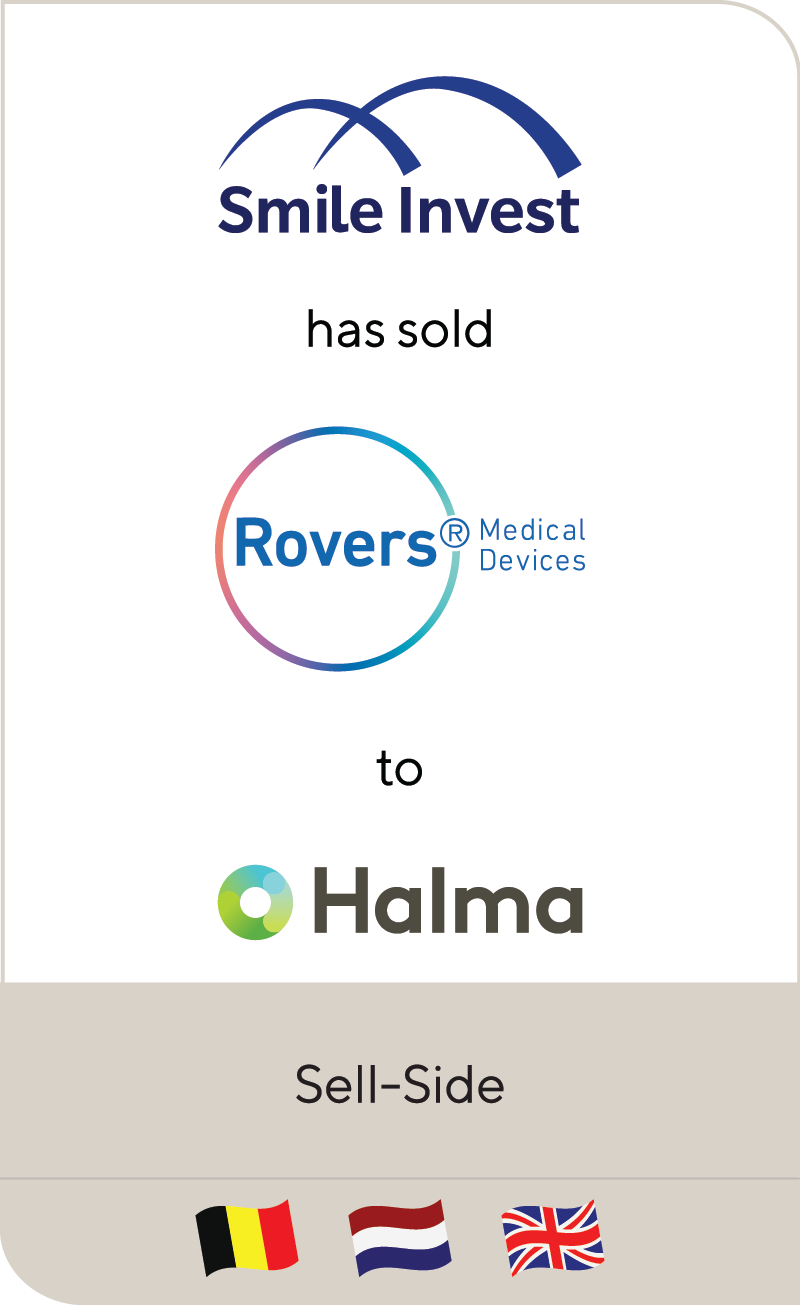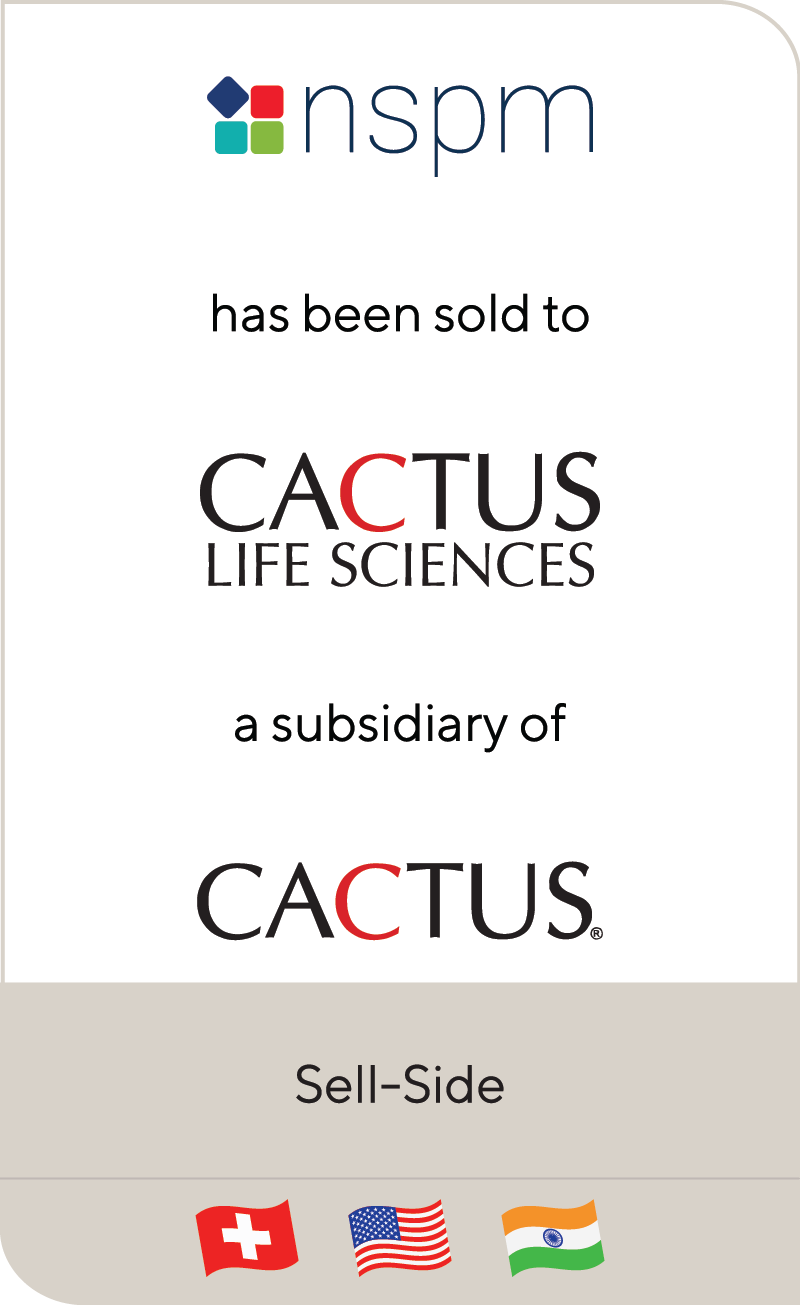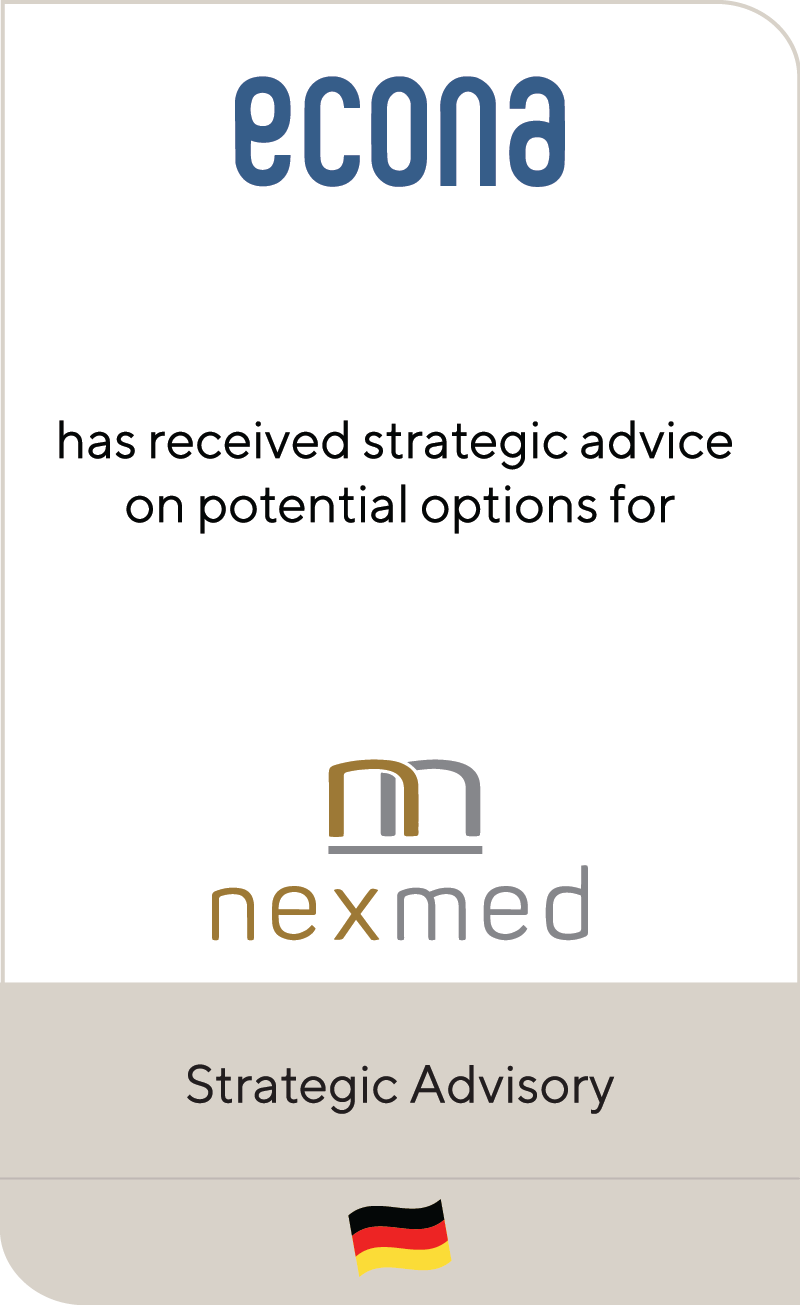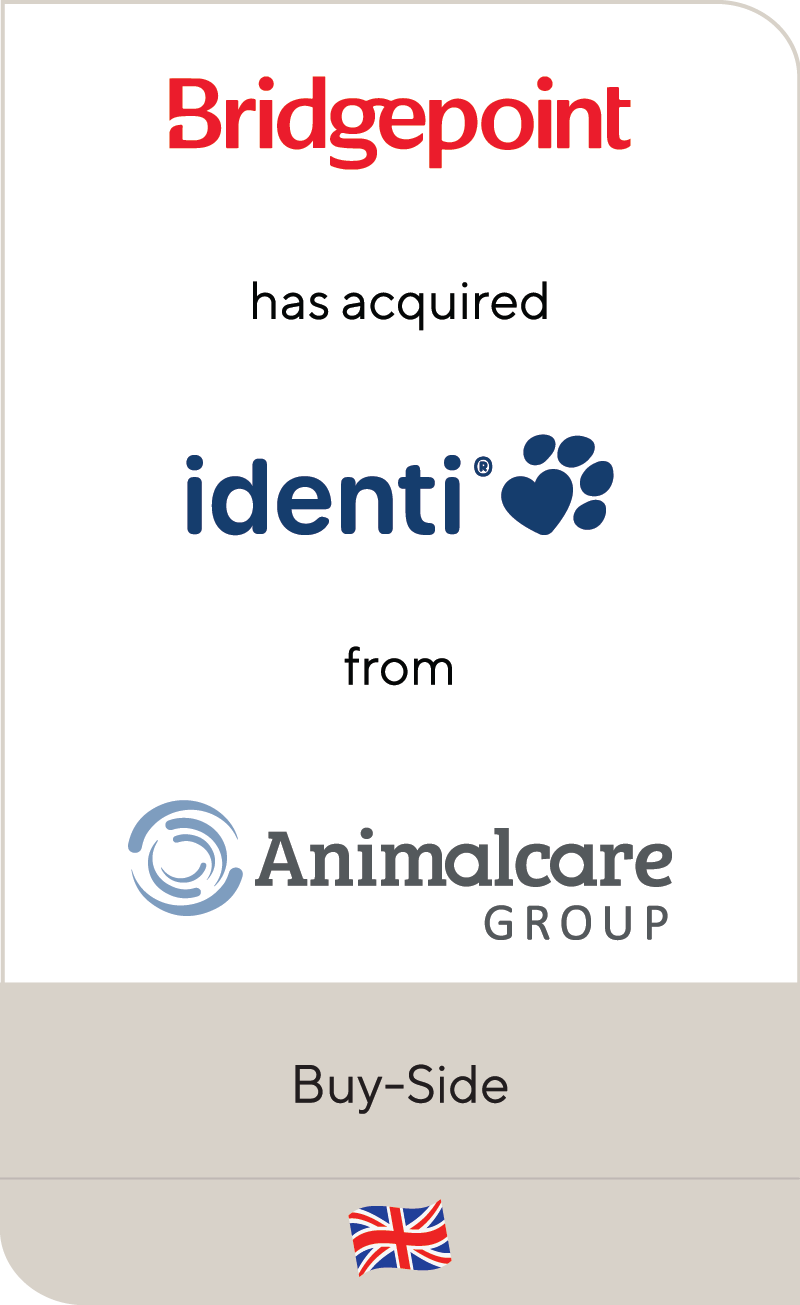Conceiving Success: Growth and Consolidation in IVF in APAC and the Middle East
Aug 2023
| In-vitro fertilization in Asia-Pacific and the Middle East is growing quickly due to several factors; the industry’s rapid growth offers an opportunity for investors to capitalize on momentum.
In a recent report co-authored by Lincoln International and L.E.K. Consulting, we explore five reasons why IVF in APAC and the Middle East is an attractive investment. |
Summary
-
Lincoln International and L.E.K. Consulting explore the five reasons why in-vitro fertilization in the Asia-Pacific and Middle East regions is an attractive investment in a recent report.
- Click here to download a printable version of this report.
- Sign up to receive Lincoln's perspectives
In vitro fertilization (IVF) in Asia-Pacific (APAC) and the Middle East is on a high-growth trajectory driven by rising demand and supply innovations. This Executive Insight, coauthored by L.E.K. Consulting and Lincoln International, discusses five reasons why the APAC and Middle East regions present a compelling investment opportunity for various investors interested in the IVF sector:
- Growing IVF cycle volume: IVF cycle volume in APAC and the Middle East reached 1.5 million in 2021 at a five-year CAGR of 8%. Countries such as India, Thailand and China demonstrate potential for high growth while moving up to developed market penetration levels.
- Enhanced regulatory frameworks: Clearly defined regulations are foundational for establishing a scaled and corporatized IVF market. While Thailand and Malaysia have the most flexible regulatory environments, recently introduced regulations may impose some restrictions in key countries such as India. However, the formalization of regulations will be a positive influence for the sector in the long run, as it will drive quality and compliance.
- Market consolidation: Opportunities remain for scaled play and consolidation in the regions as more providers are emerging with rising market share due to increasing formalization. Fragmented markets such as India and China are expected to consolidate, driven by the expanding presence of corporate providers due to favorable regulations as well as better access to capital.
- Potential of medical tourism and regulatory arbitrage: Demand from medical tourism is rebounding post-COVID-19. Given regional differences in regulations, regulatory arbitrage acts as a growth driver for IVF. Cautious planning is essential, though, considering that changes in the regulations can be unpredictable.
- Innovating to grow: From an operational perspective, adopting technology and standardization can help IVF clinics reduce their reliance on star physicians and embryologists while improving success rates.
The favorable characteristics of the IVF market present an attractive opportunity for a variety of investors:
- Private equity: We observe strong interest from private equity (PE) investors in the APAC and Middle East IVF market, which is characterized by the emergence of national leaders with scalable business models and favorable economics. PE investors can add value to such businesses through operational improvements and aiding their expansion into international markets.
- Domestic providers: IVF providers can expand their footprint in local and international markets, leveraging their expertise, growing demand and regulatory framework enhancements. Market consolidation is expected to be driven by leading corporate providers.
- International providers: The APAC and Middle East regions demonstrate stronger growth momentum and potential than developed markets. International providers can leverage best practices in developed regions and technology to explore expansion opportunities if they can customize their value proposition to meet local market needs and ensure that their services are affordable in emerging markets.
Malaysia stands out with strong IVF cycle volume growth of about 10% per year compared to the regional average of approximately 7% per year (2021-25F). Favorable medical tourism policies, wide service availability, reasonable costs and proximity to key markets are essential drivers. China is expected to remain the largest IVF market in the region, considering its large population base and rising infertility rate. Outbound medical tourism demand from mainland China will remain stable in the near future. India’s IVF market is expected to observe positive change driven by regulatory framework enhancements, while consolidation by leading corporate players will offer exit opportunities to current investors and owners. Overall cycle volumes will see continued growth at about 8% per year (2021-25F), though donor cycle contributions will reduce in the near term. Singapore, Hong Kong and the Middle East are more mature markets. Without main regulatory changes, these countries are expected to remain key destinations for affluent medical tourists from nearby countries seeking quality treatment.
Contributors
Meet Professionals with Complementary Expertise in Healthcare

It’s extremely rewarding to work in one of the largest and most diverse global business sectors helping support clients to realize their goals.
Matthew Lee
Managing Director, Head of UK & European Co-head of Healthcare
London
I enjoy working closely with clients to overcome challenging situations and to develop strategies to meet their business goals.
Dirk-Oliver Löffler
Managing Director & Europe Co-head Healthcare
Frankfurt
My goal is to bring the best of Lincoln to each and every transaction, ensuring the topmost outcomes for our clients.
Roderick O’Neill
Managing Director & U.S. Co-head of Healthcare
New YorkRelated Perspectives in Healthcare

Investors in Healthcare | Q&A with Lincoln Professionals
Originally posted by Investors in Healthcare on July 25, 2024. Lincoln International, the U.S.-headquartered global investment banking advisor, is a well-known name in the European healthcare markets, providing advice to… Read More

Outlook in the EU: PE has Ophthalmology Sector in its Sights
Across Europe, private clinics and specialist outpatient healthcare providers such as ophthalmology practices have seen a wave of consolidation, which has led to the emergence of several pan-European and more… Read More

Real Deals | Maintaining Momentum: The Outlook for M&A in the Healthcare Sector
Originally posted by Real Deals on May 31, 2024. RD: Which sub-sector of healthcare is currently attracting the most investment? Dirk-Oliver Löffler: Provider business is still one of the core… Read More

PETS International | Consolidation Meets Regulation in the Veterinary Clinics Market
Originally posted by PETS International on April 5, 2024. Animal health is becoming a big business in Europe and the U.S. Thus, regulators are turning a closer eye to mergers… Read More




